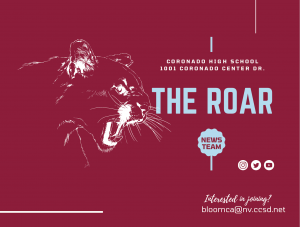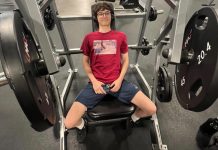By Bekah Denny

The soundtrack of adolescence includes but is not limited to: perpetual catchphrases, black and white story lines, and the ever endearing “I would have gotten away with it too, if it weren’t for those meddling kids and their nosy dog!” The hum of childhood is that of cartoons and car chases, heroes and villains, and good versus evil in its purest sense. The culture surrounding heroes and villains has imprinted itself into human nature and as a person grows, the ideas revolving around heroes change and evolve with him/her.
Heroes to a younger demographic take shape in the form of animated cartoons and comic book characters. Kim Possible asking, “What’s the sitch?” or Batman on a mission to save Gotham are only a couple of the thousands of faces heroes inhabit. These childhood heroes are those that demonstrate the basic humanity required from children, excepting Batman on some occasions. Disney princesses, as well as Marvel and DC superheroes can impact the child psyche and give them something to aspire to no matter how unlikely the superhuman outcome.
“My childhood hero was Kim Possible; she was so strong and capable. She made me feel less alone as a strong female,” Jessica Ferry, freshman, said.
Tweens, now being exposed to live action movies, movies that inevitably shape generations, are taking to heroes like Luke Skywalker and Princess Leia, Harry Potter and Hermione Granger, or Captain Kirk and Lieutenant Uhura. This grey area of heroes warrants movie characters like these to expose human nature, but in a more entertaining way; allowing for tweens to fully grasp complex concepts, but still giving them someone to identify with.
As time goes on, the world becomes less black and white and more a world of startling hues. Heroes are unveiled in history and culture, taking on faces like Rosa Parks, Martin L. King Jr., Amelia Earhart, or Neil Armstrong; the list goes on and on. Heroes become those who have changed the person’s world for the better: someone who’s notable to many, but also has an air of individualism. The “movers and the shakers” of the world become heroes for young adults.
“Mr. Poleski is my hero because he has always encouraged me to do better in everything,” Francis Anisco, sophomore, said.
As a generation grows from young adult into a full-fledged adult, the aspirations and needs for a hero change once again. The now fully-formed adult takes specific interests in different fields, so by consequence, the heroes become more tailored to those needs. For example, a sports fan could find heroes in athletes like Serena Williams, Jackie Robinson, or Bethany Hamilton. The people they identify with but also aspire to be. Stephen Hawking or Mark Zuckerberg could also take on these roles for a different more technology-based field.
When this world of heroes changes once again to a world too vibrant in color to take in, it seems the final hero becomes the same for all humanity. The final hero in the person’s timeline is commonly family. Usually taking the form of a mother or father, the end hero tends to be someone who raised them and was always there. This varies from different households and families, but the end result stays the same. The person who has been someone’s “rock” is inevitably the person looked up to and admired, a hero.
“My mom’s my hero; she’s always been there for me, and I really look up to her,” Daniel Foreman, junior, said.
Heroes change and grow as people do. Generations grow up with the same influential characters, and as they expand and individualize, they evolve to know their own personal hero. Heroes take on all different shapes and sizes, cultures and ethnicities, histories and experiences, but they all make an impact by shaping nations and the individual’s own identity.











